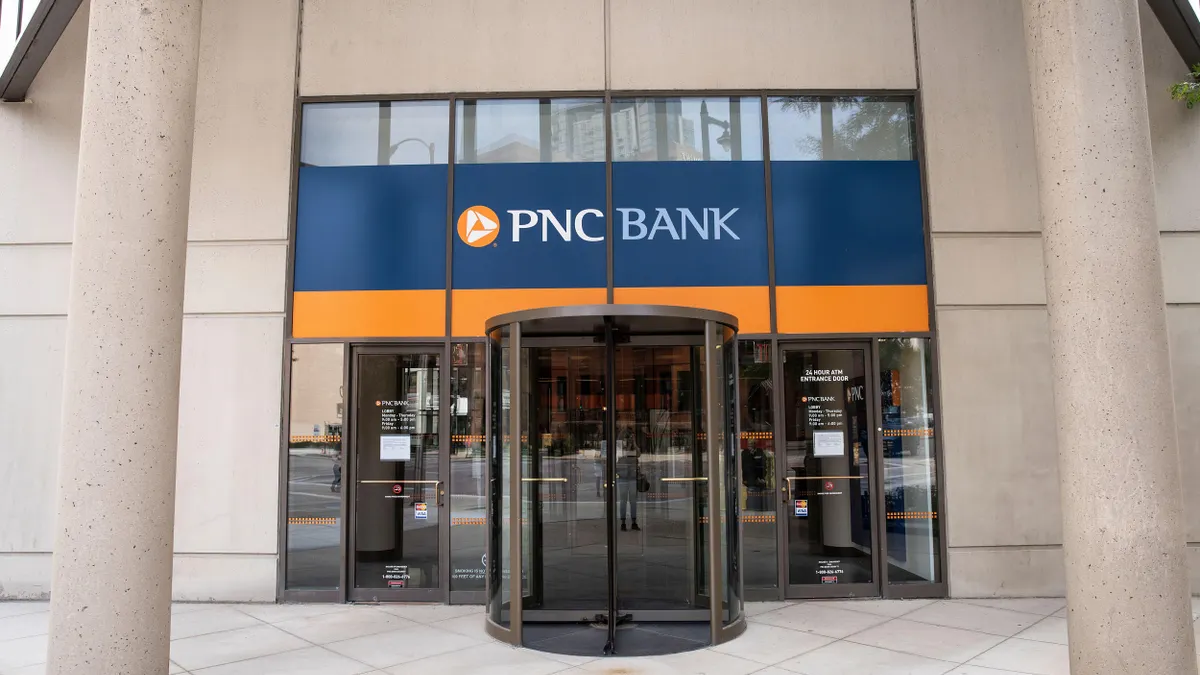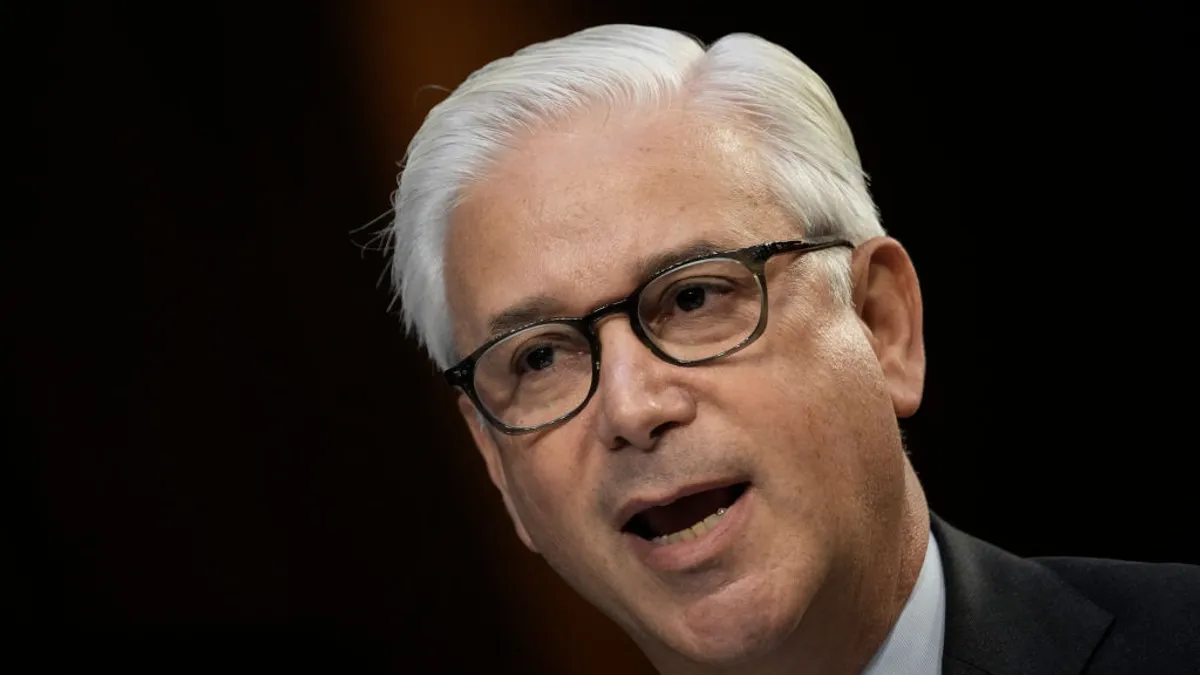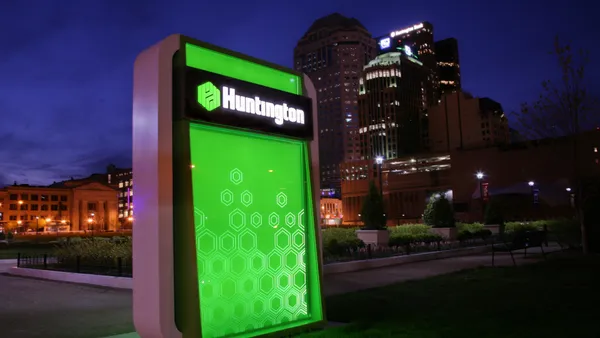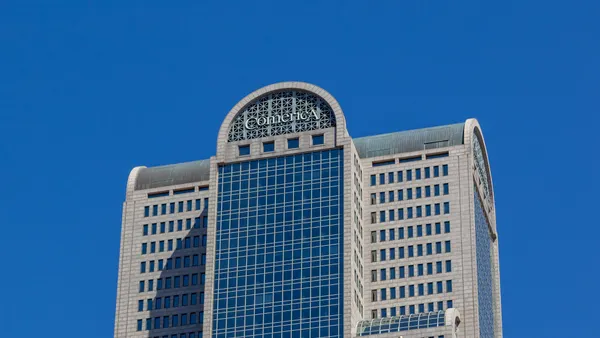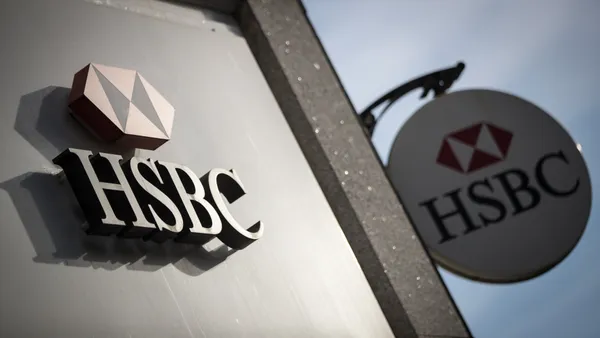Deutsche Bank’s choice to keep its startup factory Breaking Wave at arm’s length highlights an intriguing middle ground among branding strategies. Breaking Wave is betting the distance will help it attract innovative job candidates who might otherwise be swayed toward fintechs. By calling itself "a fintech inside Deutsche Bank," the incubator asserts a measure of independence while reaping the security and backing of an established, trusted institution.
The semantics aren’t revolutionary: Think "Marcus by Goldman Sachs" or "Greenhouse by Wells Fargo." But the move smacks decidedly centrist in a pendulum that has swung in recent months from Apple’s assertion that its new credit card was "created by Apple, not a bank" to Google’s assurance that it wants to "partner deeply" with Citi when it rolls out checking accounts next year.
“If you have just graduated and you have a job offer from Microsoft, from Apple, from Google, Facebook and Deutsche Bank, I don’t think you choose Deutsche Bank,” Thomas Nielsen, the German bank’s chief digital officer, said last week, according to Bloomberg. “We don’t have that brand name yet.”
Deutsche’s cachet may not allow it to go head-to-head with big tech, but small tech may be another matter. Nielsen suggested Breaking Wave can distinguish itself from disruptor startups by catering to global companies with complex business.
Breaking Wave will have a maximum workforce of 75 and won’t staff any project with more than 15 people until it's "validated from a commercial and technology perspective," Nielsen said. It will stay in line with Deutsche Bank policies and regulation, but it won’t have a banking license or the intention to engage in trading, he said. It has its own physical space and email server, yet it sits with Deutsche Bank’s offices in London, he said.
"What we care about is to not have the same restrictions on what software, what processes, what culture, what payroll do we want, so we want all the benefits of a fintech and the upside of having Deutsche Bank" as its backer, Nielsen said. "This is not hundreds of millions of euros, it’s a small team."
Deutsche is not the first to lean on its corporate roots while still branching out. When longtime investment bank Goldman Sachs launched its consumer banking arm Marcus in 2016, it reinforced its connection to a 150-year-old institution.
“As the 11th hour surfaced, we thought about tapping into our heritage,” Dustin Cohn, the head of brand marketing in Goldman’s consumer and investment management division, said in October at the Money20/20 conference in Las Vegas.
The conversational tone Marcus has struck in its advertising is in stark contrast to what one might expect from a legacy brand. But the strategy to link the two has paid off, Cohn said. "Purchase intent went up when consumers knew it was Goldman Sachs," Cohn said. Customers shared more information when they felt they could trust the name, he said. "Marcus has given back to the master brand," Cohn said.
Developers of Greenhouse, a money management app fueled by Wells Fargo, came to a similar conclusion when assessing ties to the parent brand, Peggy Mangot, the San Francisco-based bank's senior vice president of innovation, said at Money20/20.
The app, which encourages customers to save more by setting aside money in specific virtual envelopes, is live in seven states.
"We had a lot of options. One is very close in with the Wells Fargo brand, and one, on the other end of the spectrum, is completely autonomous. And what we chose was something in the middle," Mangot said.
The endorsed brand lent Greenhouse the strength and stability of backing, she said.
"It gave us the opportunity to be a little outside — a lot outside — Wells Fargo," she said. "But it also gave us the advantage of 'by Wells Fargo' — this company that has been in banking for 166 years. [Customers] know we're not going to go out of business."



